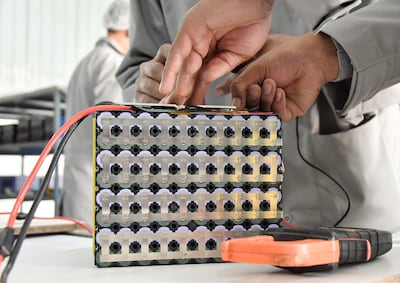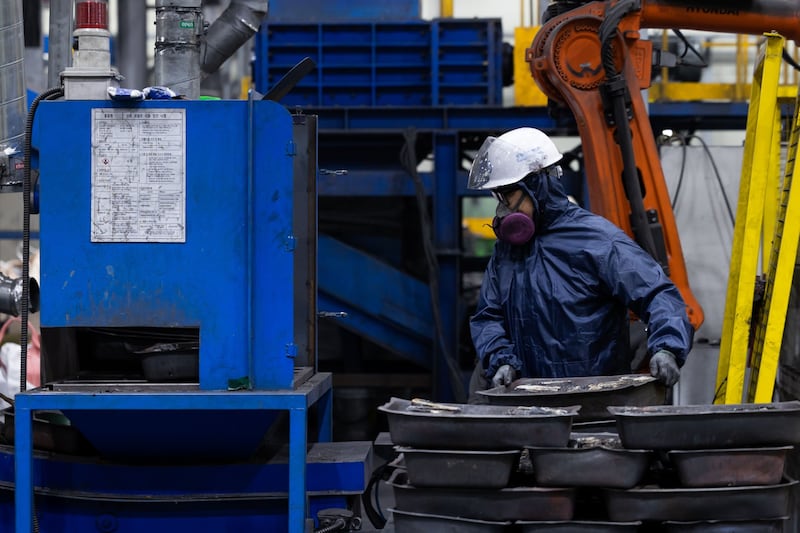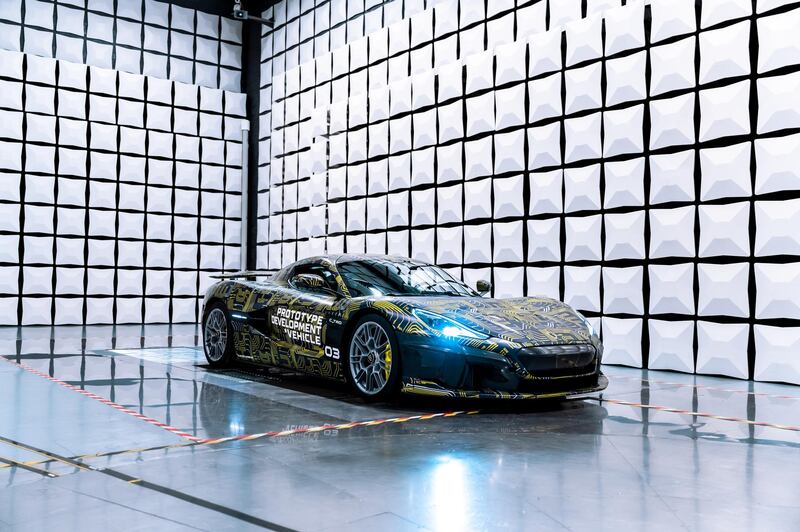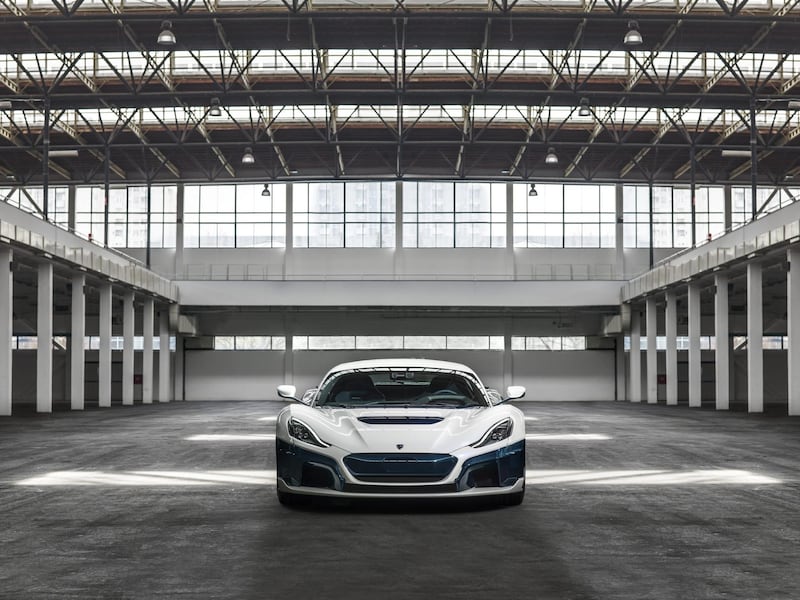A global rush into battery recycling is good news for car makers worried about future raw material supplies. But the wave of new factories poses a big risk for the recycling industry itself: there’s nowhere near enough scrap yet to feed them all.
Big-name car manufacturers, specialist recycling companies and even miner Glencore are all pouring money into transforming waste into the commodities needed to fuel the electric-vehicle revolution. As a result, global battery-recycling capacity will surge nearly 10 times from 2021 to 2025, and is expected to surpass available scrap supply this year, consultancy Circular Energy Storage has said.
Shortages are likely to persist well into the next decade while the industry waits for early models of EVs to reach junk yards in large numbers, and by 2025 there may be three times more recycling factory space than scrap to run the plants.
Some are already talking about supplementing their plants with freshly mined material — a counterintuitive solution given that recycling is intended to be a crucial and environmentally friendly answer to limited mined production of metals like lithium and cobalt. Car makers have been racing to lock in future supplies amid concerns about raw-material shortages that have sent prices surging in recent months.
For car makers in Europe, there’s an urgent need to build the plants before regulations that will force them to use more recycled materials in their batteries from 2030 onwards. Independent recyclers also need to move quickly, and recovering the raw materials contained in the batteries could still prove lucrative for those who can lock in sufficient supplies. But the result is that the burgeoning industry is collectively building plants far too quickly.
“Nobody is really looking at each other, and they seem to think there will be a lot of scrap and end-of-life batteries,” Hans Eric Melin, the founder of Circular Energy Storage, said by phone. “But if you look at the level of capacity that’s coming online, it’s huge in relation to what we need.”
There are two main types of recycling feed — old, used-up batteries, and waste material from battery factories. But most EVs being driven now will remain on the road for years and, even when the cars are scrapped, batteries are often sold on for re-use. Battery makers are also cutting waste at their plants, leaving even less material for recyclers.
In 2025, 78 per cent of the available scrap supply will be coming from manufacturing waste, while end-of-life batteries will account for 22 per cent, according to new research by Benchmark Mineral Intelligence. It won’t be until the mid-to-late 2030s that the industry reaches an inflection point where volumes of used batteries available to recyclers start to surge, the consultancy predicts.
Previously, most of the investment has been focused in China, which accounts for more than 80 per cent of the world’s battery recycling capacity. It’s also where the first big wave of scrap is likely to emerge, because more EVs have been on the road for longer.
“In terms of where the scrap is coming from, China is going to be dominating supply,” Benchmark analyst Sarah Colbourn said by phone. “It’s quite an opaque market to understand, but the overwhelming majority of capacity is in China and the volume of scrap available will be higher in China.”
To recycle spent batteries, they are first dismantled and shredded into something called “black mass,” which is then processed to produce specialist chemicals for use in new batteries.
The biggest bottleneck is likely to be for the companies focused mainly on processing black mass, according to Ajay Kochhar, the chief executive and co-founder of Canadian recycling start-up Li-Cycle Holdings Corp.
“Supply for us is not an issue, we have more batteries than we can typically handle,” Mr Kochhar said. “But there is a question about how that will evolve for the industry as a whole.”
Glencore invested in Li-Cycle because it sees strong long-term prospects, but expects the next few years will be difficult for the sector broadly, said Kunal Sinha, Glencore’s global head of recycling.
Others are already adopting a hybrid approach, with rival recycler Redwood Materials announcing plans for a $3.5 billion battery-chemicals plant in Nevada that will be fed with a combination of mined and recycled raw materials.

So what’s it going to take for waste supply to really start rising?
Even when vehicles are scrapped, the batteries are often snapped up by buyers willing to pay thousands of dollars to reuse them in other vehicles or in less-demanding applications like energy-storage systems. It could take 15 years or more for old batteries to eventually arrive at recycling plants, and in some cases as long as 25 years, according to CES.
In the short term, recyclers will be relying heavily on scrap produced during the battery-making process. But even that is coming under pressure — CES last month slashed its long-term forecasts for manufacturing scrap by more than half to reflect major breakthroughs in production efficiency in the last few years.












